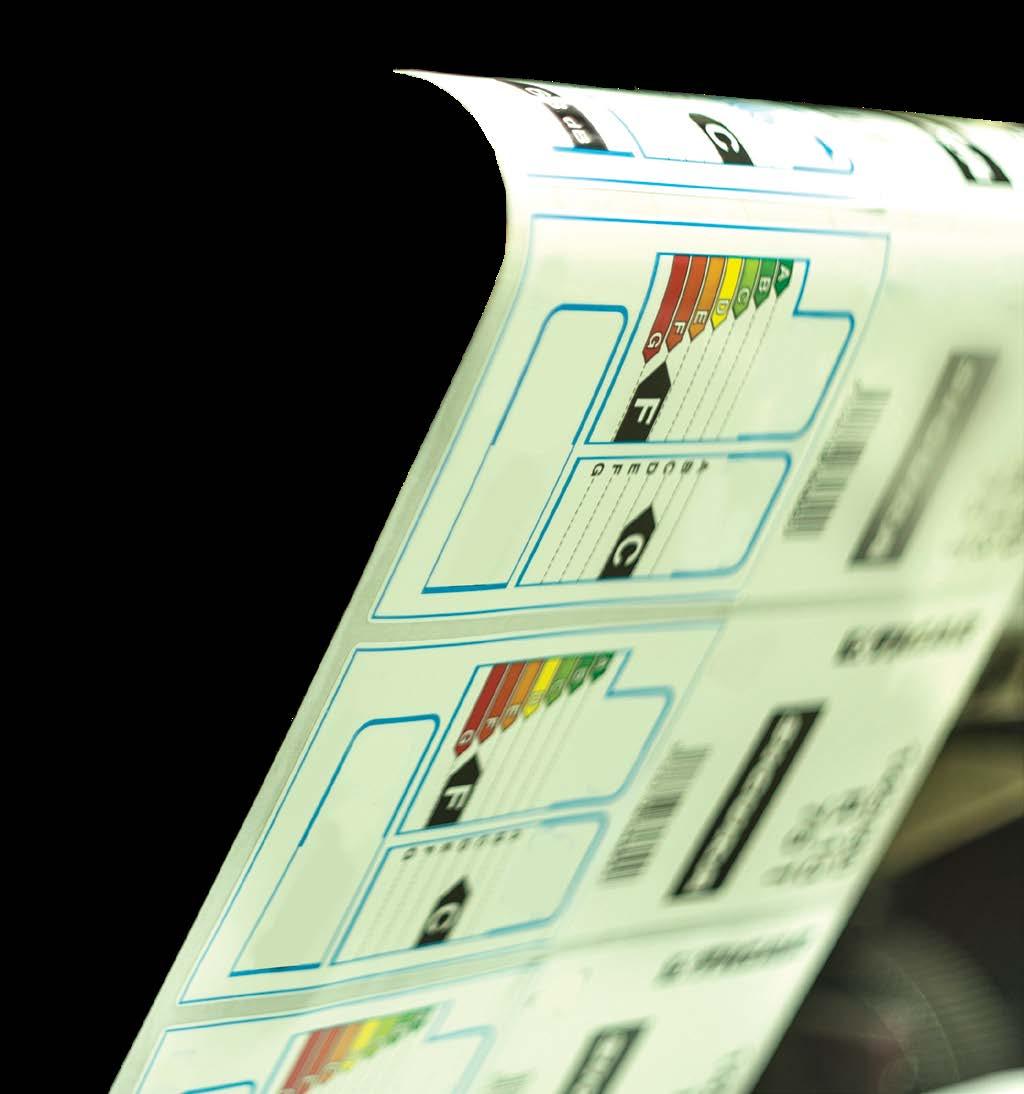
6 minute read
What lies ahead for the future of print
The explosion of digital media has had a major impact on how business is done and how consumers are engaged. It’s perhaps not surprising then, that many might believe the future of printing is not that bright. However, they are mistaken.
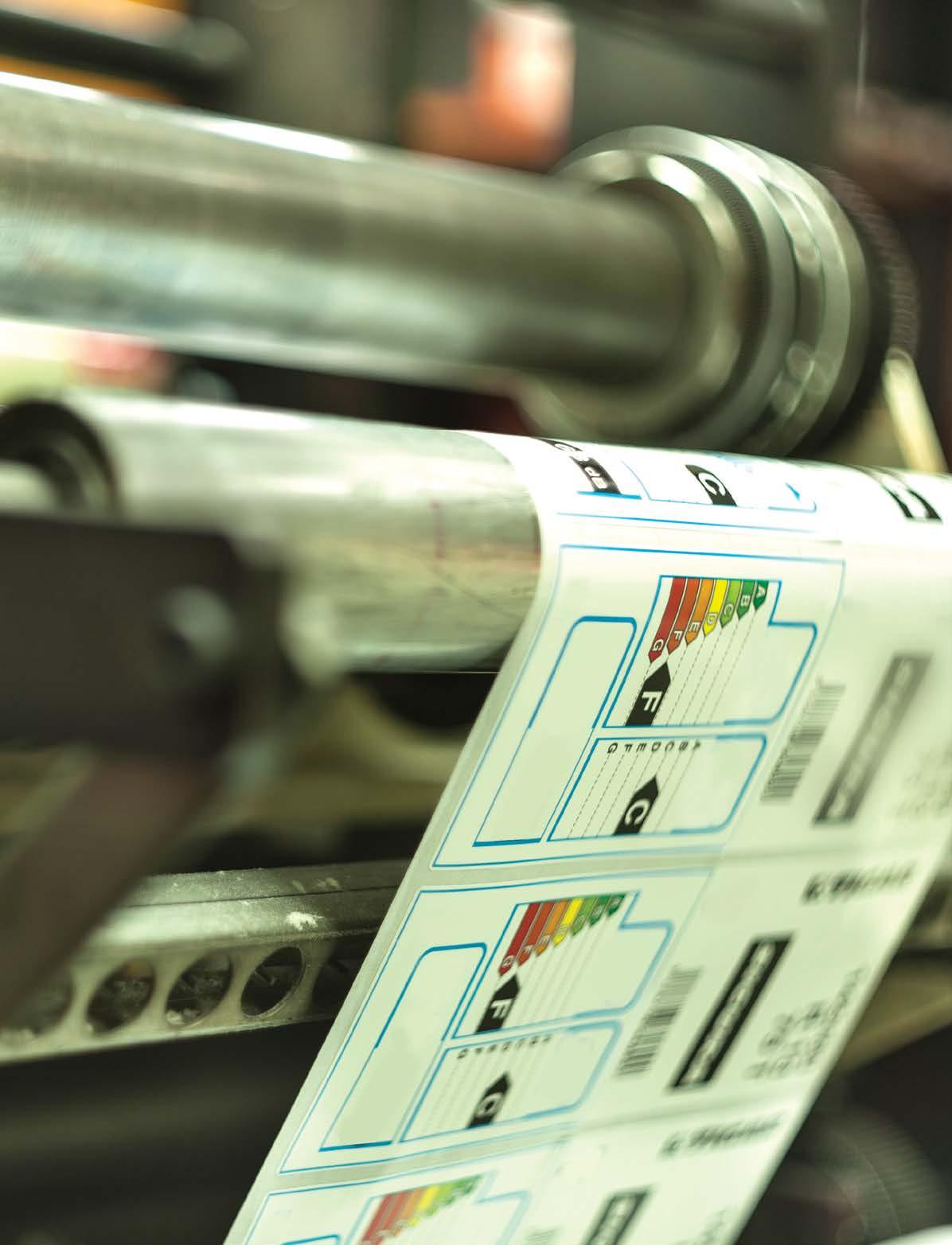
Although the use of print declined over the last two decades, the industry is embracing a new range of modern applications and is set to take advantage of the oversaturation and privacy issues digital platforms are experiencing. Beyond newspapers, magazines and books, print is embracing new waves of innovation.
“No matter where you go, printed matter is visible everywhere,” says Greg Griffith, Hardware Product Manager at Kyocera Document Solutions South Africa. “From labels to booklets to packaging and much more, print remains in demand. The packaging on every product we buy is printed. The demand for printing is in fact so much greater than most people realise, and that demand is driving constant innovation. In the post-COVID era, workplace applications allow users to securely access devices from their smartphones or tablets, introducing the concept of touchless printing and scanning, for example.”
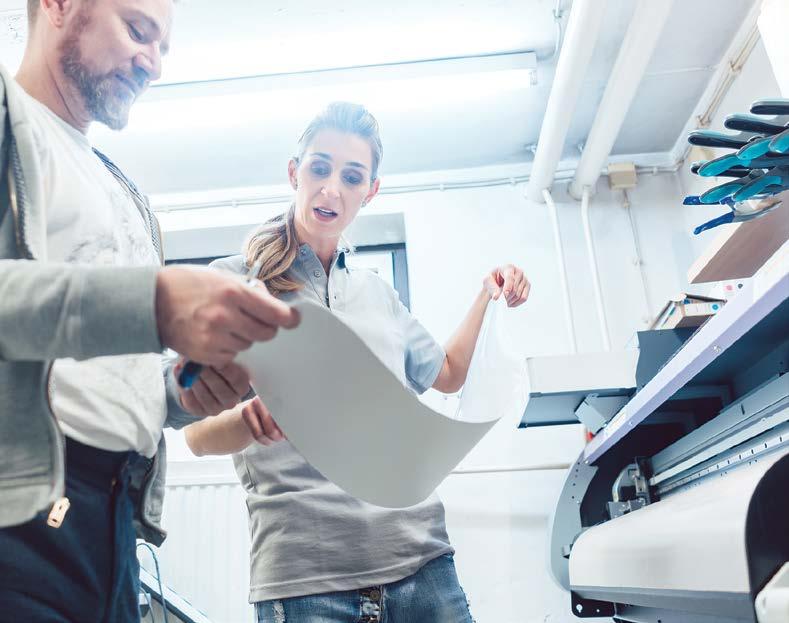
The integration of print and digital
More and more, companies are creating their own apps for their customers, developing technologies and new methods to provide better services and solve clients' needs. New technologies have allowed companies to do more with print and reach more audiences. “The reason for this boom is interactivity, with printers integrating technologies into their workflows to provide more comprehensive solutions,” says Griffith. “In so doing, people are building seamless connections between the digital world and the physical, with printing playing a critical role in that process.”
Customers today want customisation and one of the biggest developments in printing has been the shift towards smaller runs with greater customisation. It’s the integration of digital technology that has made it affordable to do small print runs that were once impossible due to cost.
Environmentally sustainable printing
The consumption of paper and ink cartridges are the two key concerns when it comes to printing. Sustainable printing methods are becoming more and more popular as businesses work to reduce their environmental footprint and engage in extensive recycling efforts. Advances in technology allow print suppliers to produce sustainable printed material with no effect on quality.
“Modern printers use less ink and produce significantly less waste, while also generating less heat, using less electricity, and even producing less carbon dioxide,” Griffith adds. “Companies are continuing to find new ways to reduce waste and make printers more environmentally sound.”
The 3D printing revolution
3D printing is a fun way to produce creative work and it has totally taken off. People are using this amazing new technology to create all kinds of wild and wonderful 3D printer projects.
“It allows for real, tangible, three-dimensional objects to be printed,” says Griffith. “3D printers use a variety of additive manufacturing technologies, but they all have one thing in common: they create threedimensional objects. 3D technology brings a limitless number of uses and benefits to users in any market. It allows you to quickly create true-to-life prototypes of your end-product, accurately display vital features, and produce high-resolution, customised end-use products and prototypes.”
The technology completely shifts the paradigm for professionals engaged in architectural modelling, marketing communications, fashion design and more.
Easy and more accessible printing
Home and office printing has become much easier than ever before, with improved productivity, efficiency and agility. Wireless printers can communicate wirelessly to other devices, including smartphones, tablets, laptops or PCs through Bluetooth technology, Wi-Fi, or similar services. “Most recently, AI is set to revolutionise the print industry. Using it to cut down on waste, speed up production times, and deliver solutions that feel like they’re straight out of the future, AI-powered solutions are redefining print,” Griffith says. “They’re also resulting in faster turnaround times, reduced costs, and greater flexibility for customisation.”
Since the human brain responds better to print than digital media, and also trusts it more, sending vibrant promotional and communication materials in paper format is likely to capture readers’ attention and encourage a response for many years to come. Print and the personalisation that it offers is a secret weapon for marketing and communication departments.
“New print technology enables people to coordinate campaigns that make the most of both print and digital media to deliver messages and information efficiently and effectively. It’s an industry in flux, and one to watch,” concludes Griffith.

Greg Griffith, Hardware Product Manager at Kyocera Document Solutions South Africa
Kyocera Document Solutions South Africa is a group company of Kyocera Document Solutions Inc., a global leading provider of total document solutions based in Osaka, Japan. The company’s portfolio includes reliable and eco-friendly MFPs and printers, as well as business applications and consultative services which enable customers
to optimise and manage their document workflow, reaching new heights of efficiency. With professional expertise and a culture of empathetic partnership, the objective of the company is to help organisations put knowledge to work to drive change.
For further information visit www.kyoceradocumentsolutions.co.za
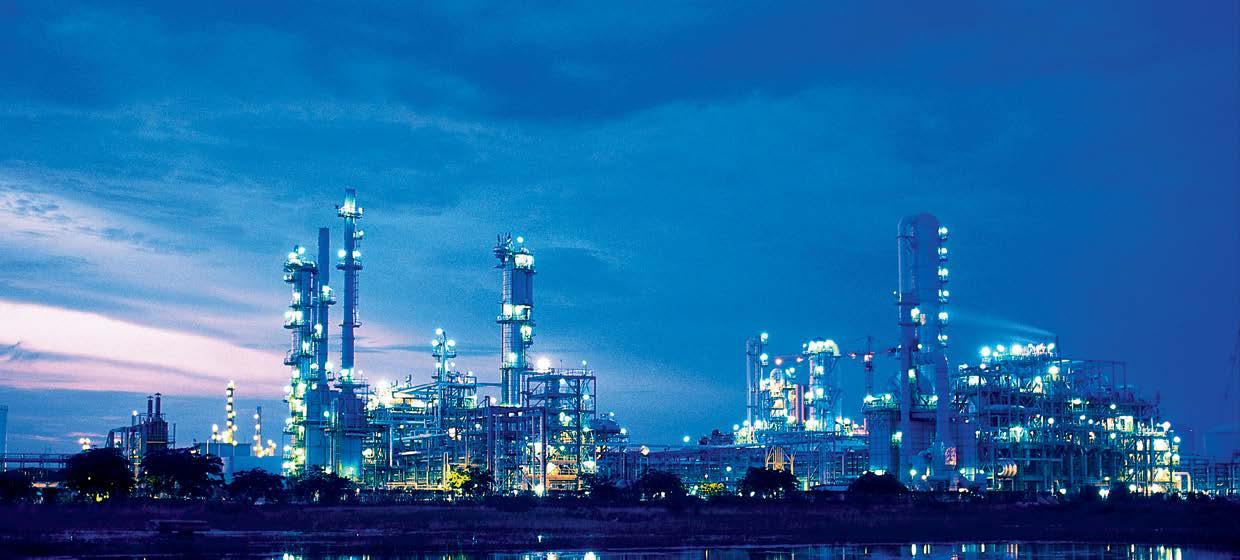
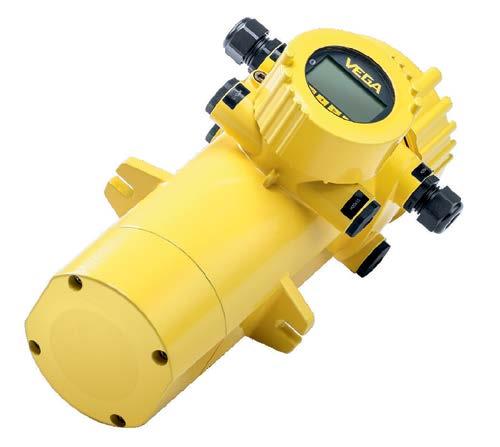
Reliable measuring results for extreme process Reliable measuring results for extreme process conditions conditions
Whether level, limit level, density, interface or mass flow: Radiation-based process instrumentation delivers precise measuring results in industrial production and handling processes, and that even under the most difficult operating conditions. The non-contact measurement is not affected by the media and provides highest safety and reliability. Flexibility through detector variety: You can choose between different types of detectors. Detector can thus be optimized for widely different applications becoming the specialist for your particular measuring task.
Whether level, limit level, density, interface or mass flow: Radiation-based Advantages process instrumentation delivers precise measuring results in industrial ▪ Simple mounting and operation production and handling processes, and that even under the most difficult ▪ Integrated safety features operating conditions. The non-contact measurement is not affected by the ▪ Self-monitoring and diagnosis media and provides highest safety and reliability. ▪ Developed acc. to IEC 61508 Flexibility through detector variety: You can choose between different ▪ Qualified up to SIL2, SIL3 in types of detectors. Detector can thus be optimized for widely different multi-channel use applications becoming the specialist for your particular measuring task.
Advantages
▪ Simple mounting and operation ▪ Integrated safety features ▪ Self-monitoring and diagnosis ▪ Developed acc. to IEC 61508 ▪ Qualified up to SIL2, SIL3 in multi-channel use
High sensitivity High sensitivity NaI scintillator for NaI scintillator for desitiy applications desitiy applications

PVT scintillator PVT scintillator up to 3 m length up to 3 m length
Flexible plastic scintillator Flexible plastic scintillator up to 7 m length up to 7 m length Electronics Electronics ▪ ▪ 4 … 20 mA/HART 4 … 20 mA/HART ▪ ▪ Profibus PA Profibus PA ▪ ▪ Foundation Fieldbus Foundation Fieldbus

Display and adjustment Display and adjustment modulemodule ▪ ▪ PLICSCOM PLICSCOM ▪ ▪ VEGACONNECT and DTM VEGACONNECT and DTM ▪ ▪ VEGA Tools app VEGA Tools app
HousingsHousings ▪ ▪ Aluminium double chamber Aluminium double chamber ▪ ▪ Stainless steel double Stainless steel double chamberchamber










